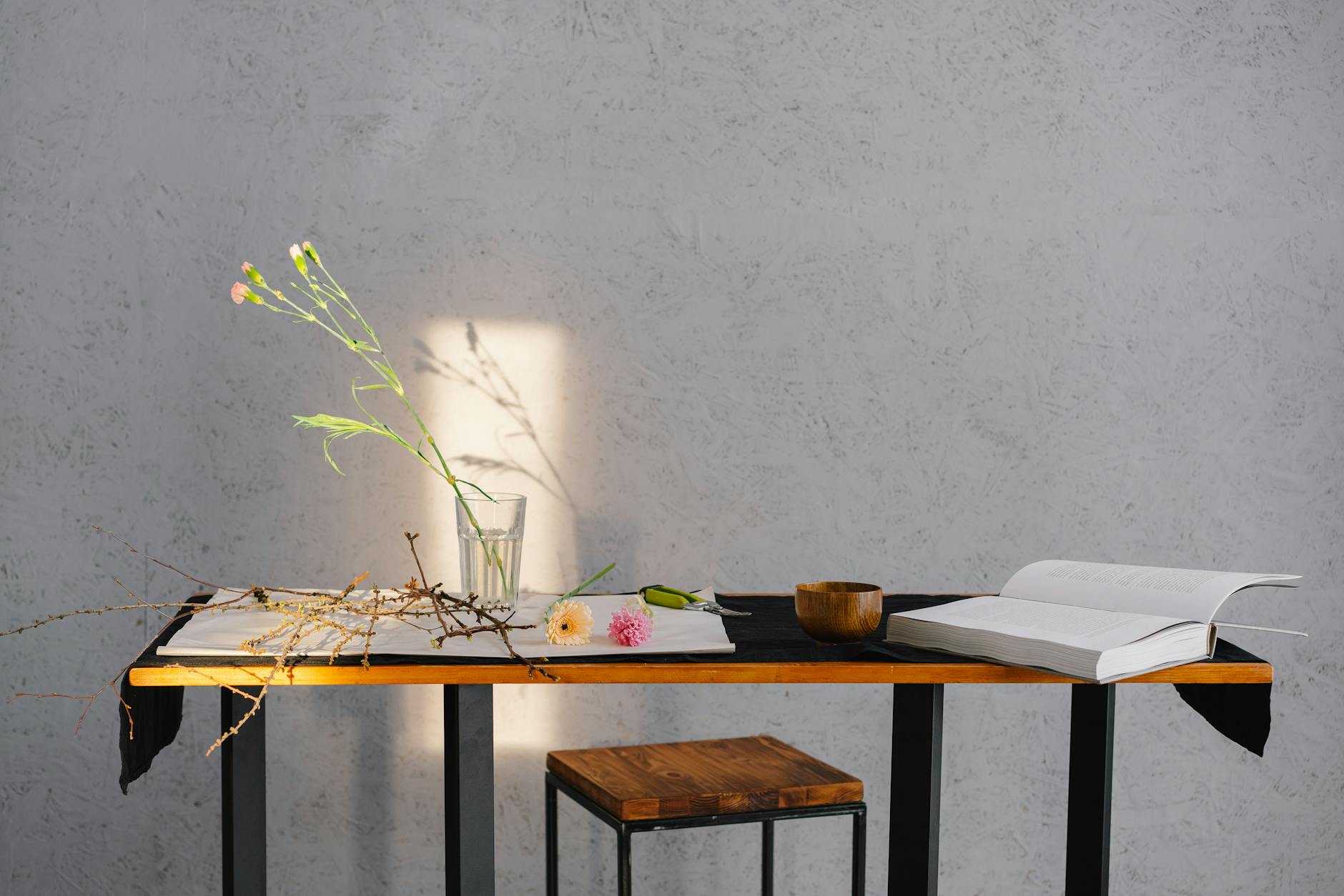What is anxiety management tools?

What is anxiety management tools?
Anxiety management tools are essential resources that help individuals cope with anxiety and its effects on daily life. As someone who has navigated the ups and downs of anxiety, I can attest to the significance of these tools in enhancing mental health and productivity. Properly utilizing these resources can lead to a more balanced life, allowing you to manage stress more effectively and improve overall well-being.
Understanding Anxiety and its Effects
What is Anxiety?
Anxiety is a natural response to stress, characterized by feelings of worry, fear, or apprehension. It’s our body’s way of reacting to perceived danger. While everyone experiences anxiety at times, it can become problematic when it interferes with daily activities. You might feel restless or on edge, or find it difficult to concentrate.
For a deeper understanding of anxiety disorders, you can explore resources like Everything You Need To Know About Anxiety.
Common Symptoms of Anxiety
Anxiety manifests in various ways—both psychologically and physically. Common symptoms include:
- Restlessness: Feeling unable to relax or settle down.
- Fatigue: Persistent tiredness, even after adequate rest.
- Difficulty Concentrating: Struggling to focus on tasks or follow conversations.
- Physical Symptoms: This may include headaches, muscle tension, or an increased heart rate.
If you’re curious about more symptoms, the Mayo Clinic offers a detailed overview.
Triggers of Anxiety
Understanding what triggers your anxiety can be a game-changer. Common triggers include:
- Work Stressors: Tight deadlines, job insecurity, or demanding workloads.
- Personal Relationships: Strain in friendships or romantic partnerships can heighten anxiety levels.
- Major Life Changes: Events such as moving, starting a new job, or losing a loved one can provoke intense feelings of anxiety.
Types of Anxiety Management Tools
Anxiety management tools come in various forms. Let’s look at some effective categories:
Cognitive Behavioral Techniques
Cognitive Behavioral Therapy (CBT) is a powerful method for managing anxiety. One technique involves reframing negative thoughts. For example, instead of thinking, “I can’t handle this,” you can shift your mindset to, “I can take things one step at a time.” This simple change in perspective can significantly reduce feelings of anxiety.
Mindfulness and Meditation Tools
Mindfulness practices can create a sense of calm amidst chaos. Apps like Headspace and Calm offer guided meditations and mindfulness exercises to help you stay grounded. Even a few minutes of daily meditation can lower anxiety levels and improve focus.
Physical Activity and Exercise Tools
Engaging in physical activity is one of the most effective tools for managing anxiety. Exercise releases endorphins, which can improve your mood. Whether it’s a brisk walk, yoga, or team sports, find an activity you enjoy. Group classes or apps like MyFitnessPal can help you stay motivated.

Photo by Mikhail Nilov
Breathing and Relaxation Techniques
Breathing exercises can quickly calm your mind and body. Techniques like deep breathing or progressive muscle relaxation can help you release tension. Try inhaling slowly for a count of four, holding for four, and exhaling for four. This simple practice can ground you when anxiety strikes.
Professional Help and Resources
Sometimes, the best way to manage anxiety is to seek professional guidance. Options like therapy and support groups can provide a safe space to explore your feelings. Online counseling platforms, such as BetterHelp, offer accessible support tailored to your needs.
Implementing Anxiety Management Tools into Daily Life
Creating a Daily Routine
Incorporating anxiety management practices into your daily schedule is essential. Set aside specific times for meditation, exercise, or journaling. By establishing a routine, you’re more likely to make these practices a habit.
Setting Realistic Goals
When starting your anxiety management journey, set small, achievable goals. You might aim to meditate for five minutes daily or take a short walk three times a week. Celebrate your progress, no matter how minor it seems.
Tracking Progress
Keeping a log of your anxiety levels and the effectiveness of various tools can provide valuable insights. Use apps or journals to document your feelings and track what works best for you. This will help you make informed decisions about your mental health journey.
Conclusion
Utilizing anxiety management tools is essential for anyone looking to improve their mental health. From cognitive behavioral techniques to mindfulness practices, there’s a wealth of resources available to help you navigate anxiety. By exploring these tools and integrating them into your daily life, you can create a more balanced, productive existence. Remember, it’s not about eliminating anxiety but managing it effectively—so take the first step today and discover what works best for you.